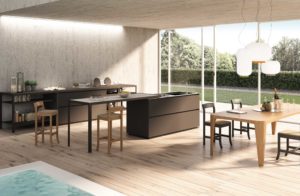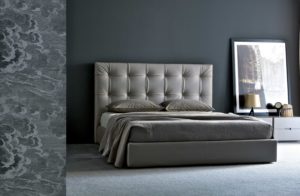Here is how office design can make us happier (and more productive)
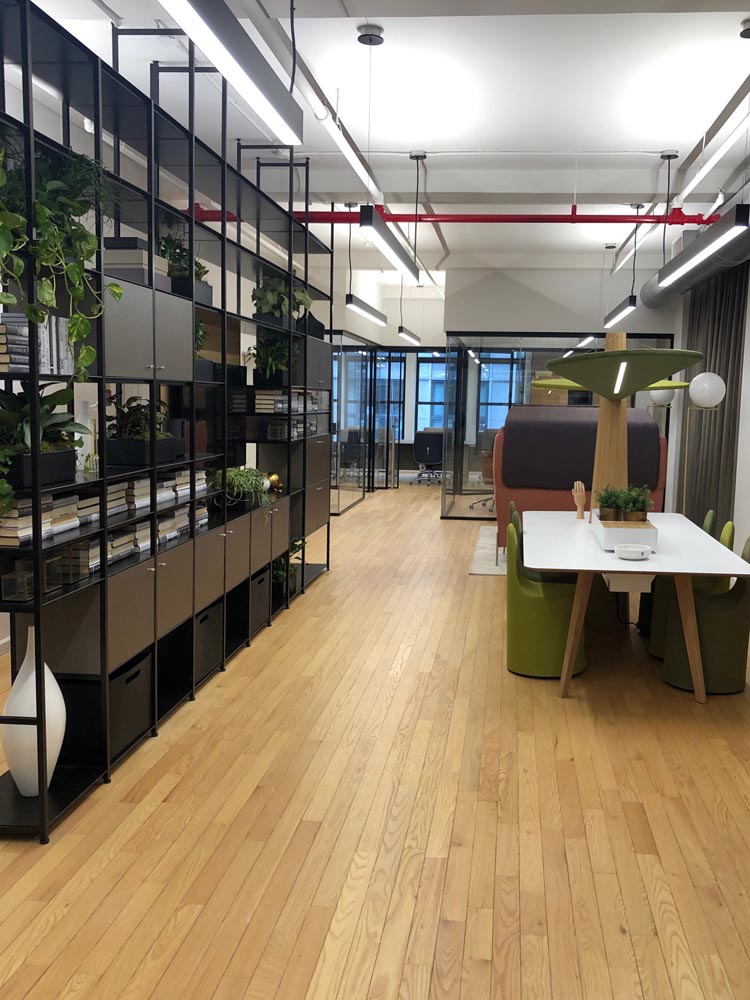
All of us have experienced at least once in our life how places affect our mood. Such subjective experiences are supported by solid scientific foundations. Indeed, extensive research has shown that shapes, colors and materials can contribute to generate positive emotions and a sense of well-being.
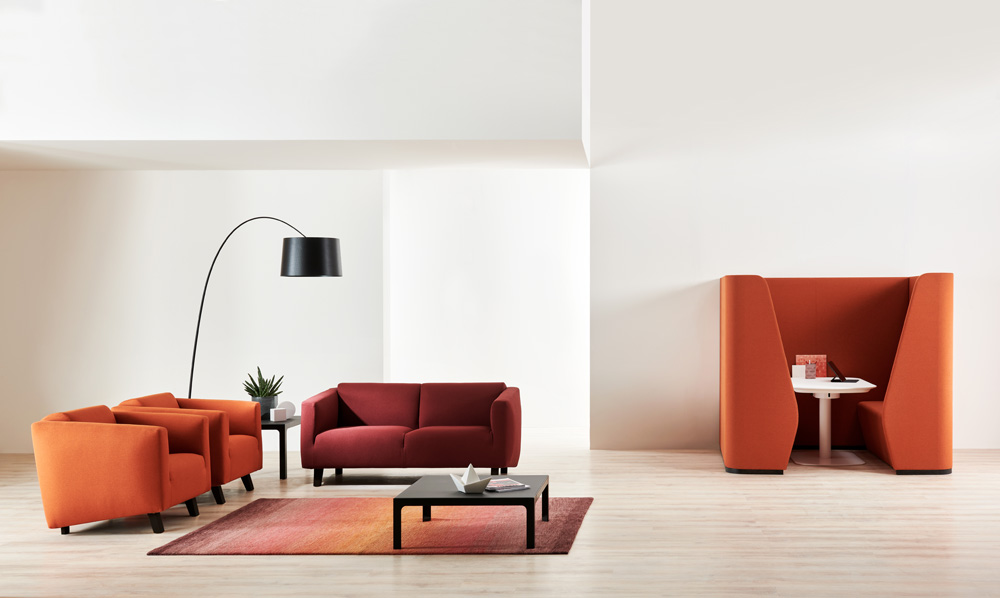
These are elements to consider when designing a workplace. Mood and well-being, in fact, also influence the quality of work. These are topics to which companies are paying increasing attention, especially amidst the current Covid-19 pandemic, and which are in line with our idea of Italian Smart Office, from the design of individual elements to the organization of spaces.
Happiness and productivity
The correlation between mood and work performance is scientifically proven. A research team from Warwick University has quantified that happy people are 12% more productive than their morose colleagues. Low levels of happiness, on the other hand, are systematically associated with lower returns. But that’s not the only advantage. A work context that generates positive emotions also improves workers’ engagement and loyalty, with obvious benefits for organizations.
Design and emotions
How can design help engender positive emotions? Here are some elements to consider when designing a large open space such as a home office.
The importance of curves
Many experiments have shown how people instinctively associate positive emotions with curved lines. The reason is neuropsychological. Indeed, looking at corners involves a greater activation of the amygdala: a region of the brain related to emotions such as fear and anxiety. Therefore, even in the design of a workplace, it is good to opt for rounded objects and configurations to help generate a sense of well-being in people.
The influence of color
The colors of an environment influence our perceptions. Comparative studies support this conclusion, which can also be useful to companies in the design of a work environment that positively affects people’s emotional state.
- Blue is one of the colors generally most liked by people. It conveys the idea of safety and reliability.
- Red conveys strength and stimulates attention, though it has also been related to a reduction in analytical thinking.
- Yellow too is an energizing color, which leads us to focusing on the outside. It is more suitable for cafeterias/break areas, as it stimulates the appetite.
But one color stands above all: green
Studies on color psychology show that green relaxes and promotes physical and psychological well-being. But it deserves special consideration also because it is the color of plants. Research has found that in the presence of vegetation it is possible to work better and with greater precision, thus yielding results of superior quality. The positive influence of plants (whether live or otherwise) is manifested in particular in mental storage capacity, which improves up to 20%.
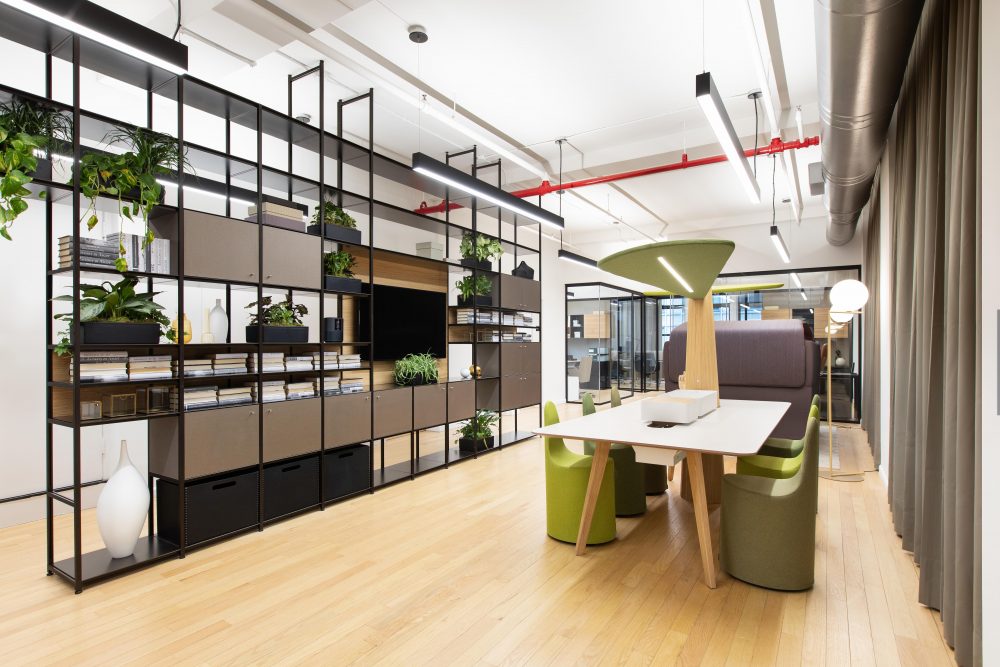
The choice of materials
If we want an office that creates happiness and well-being in people, we must take into account another phenomenon that has received due attention: biophilia. It is the natural human tendency to interact with nature. A workplace rich in natural elements reduces stress levels and absenteeism rates, thus improving happiness and productivity. In this regard, in addition to enhancing windows and adding plants, the choice of natural materials such as wood, natural textile fibers, leather and stone is of paramount importance.
Light: neither too little nor too much
As is well known, light is an essential aspect to consider when designing an office, also for its effect on mood. Dim illumination in the workplace is related to low mood levels. This common sense observation has been proven by international research. People tend to be happier under optimal lighting conditions. However, this does not mean that we must use too much light, which may make mood worsen.
ABW: designing for people
We have seen some elements related to design that can make a workplace not only “beautiful”, but also capable of contributing to people’s happiness. (And, therefore, to the general health of organizations). However, we must keep in mind that nothing improves our mood as a space in which we can work at our best. That’s why well-being in the workplace begins with planning at the source, from an Activity Based Working perspective.
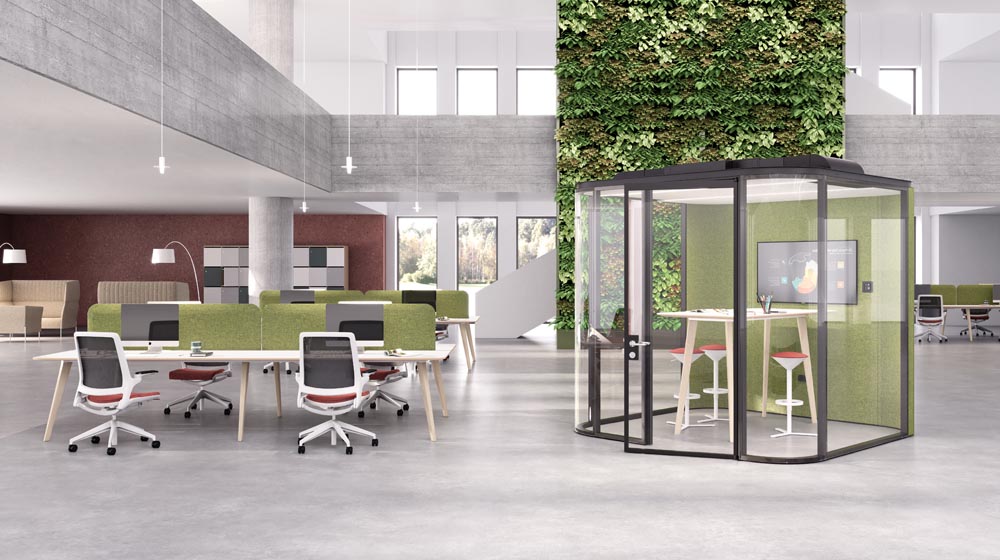
We at Estel have been among the pioneers of Activity Based Working design. An approach based on the creation of differentiated workspaces according to specific activities to be carried out (teamwork, concentration, relaxation, etc.) By supporting companies from all over the world that have chosen the ABW approach, we have honed a great deal of experience in the study of solutions based on the needs of each customer.
WE CAN ASSIST YOU STEP BY STEP IN THE DESIGN OF YOUR NEW SMART OFFICE.


